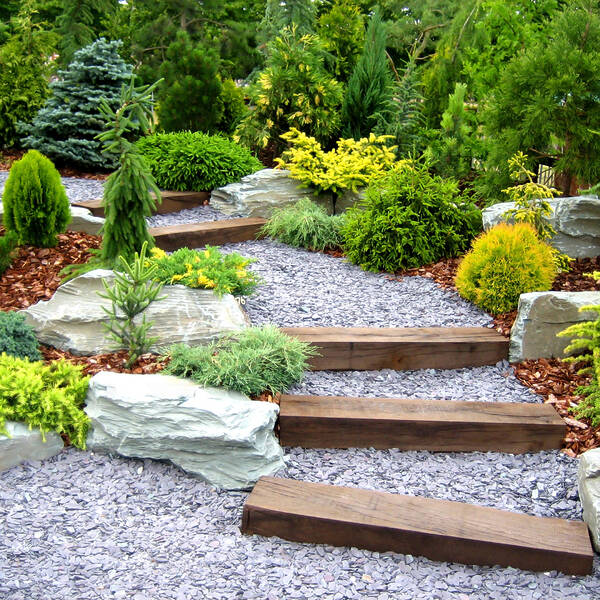In conclusion
Terraced gardens are a fantastic solution for sloping landscapes, transforming potentially challenging terrain into beautiful, multi-level spaces filled with plants, flowers, and decorative elements.
They offer a unique blend of functionality and beauty, presenting countless opportunities to get creative and make your garden a captivating outdoor retreat.
Structural elements like pergolas and sculptures can add depth and interest to your terraced garden. Pergolas can provide shade and support for climbing plants, while sculptures serve as eye-catching focal points that add personality to the outdoor space.
Exploring sustainable gardening practices
Such as utilising native plants or implementing water-saving techniques, can also enhance your garden’s overall health and vibrancy while being kind to the environment.
The key to a successful terraced garden is thoughtful planning and design. It’s essential to consider the scale of the garden, the materials you’ll use, and the types of plants you’ll incorporate. These elements should harmonise with your home and surroundings, creating a cohesive look and feel.
Don’t be afraid to inject your sense of style and creativity into the outdoor space itself, though. Whether through the choice of plants, the placement of sculptures, or the terraces themselves, your garden should reflect you and your aesthetic sense and sensibilities.
Whether starting from scratch with a new plot of land or looking to enhance an existing terraced garden, we hope these 18 ideas have sparked your imagination and inspired you to level up your garden.
Gardening is not just about the idea of creating a beautiful space but also about the process itself. It’s about getting your hands dirty, learning about different plant species, experimenting with designs, and seeing your idea and vision come to life.
With a bit of effort, patience, and imagination, you can create a terraced garden that is visually appealing and serves as a serene sanctuary where you can relax, entertain guests, and connect with nature.
Gardening can be a gratifying hobby; there’s nothing quite like the satisfaction of seeing your garden bloom and thrive. So, roll up your sleeves, get your gardening tools ready, and embark on this exciting journey. Happy gardening!






















